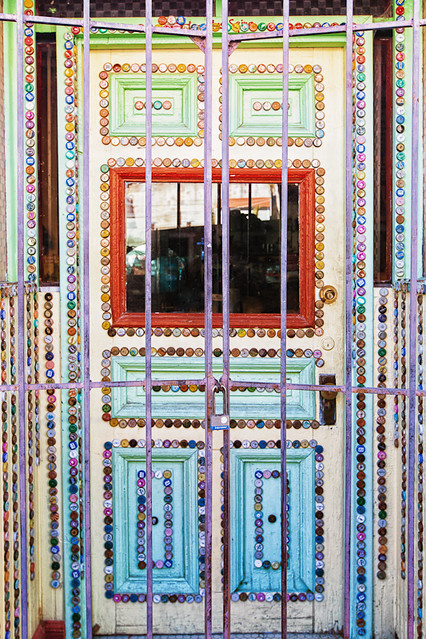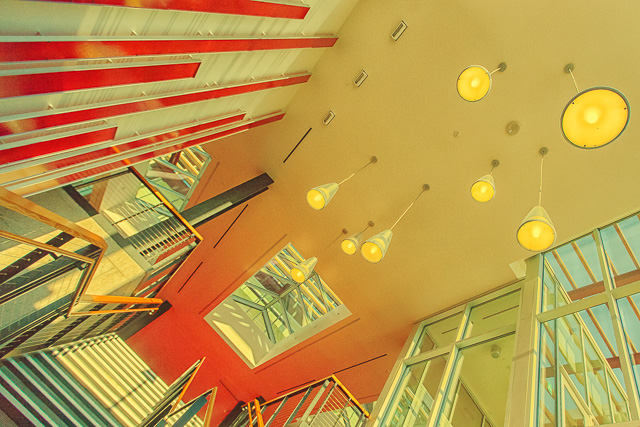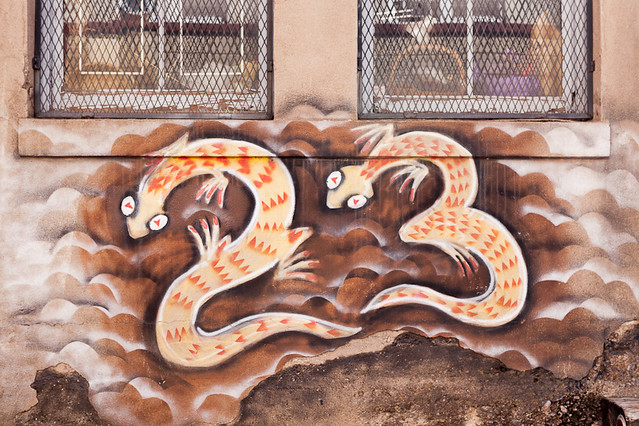This post is the sixth in a series of my story, an intimate exploration of art and healing. See the introduction and complete series at My Healing Journey.
“Art teaches nothing, except the significance of life.” ~ Henry Miller
After I’d stabilized and no longer needed the quiet and non-stimulation of the Quiet Room environment, my doctor transferred me to a regular room on a locked unit. This unit, designed for protection of the patients, did so with a minimalist approach. Anything deemed dangerous was contraband. A good rule of thumb – if an item could have posed a danger to a curious, unsupervised two-year old, it was off-limits.
A locked unit in a psychiatric unit, especially one on the sixth floor of a multi-story facility with no access to the outside was a stark existence. Boredom was rampant. Angry outbursts from patients, or the television set or perhaps angry patients fighting over the television set were standard fare. It was the way of the system.
The locked unit was a transition phase prior to transfer to the treatment unit which offered occupational therapy, art therapy, music therapy, and a variety of classes that helped patients transfer to out-patient programs.
Enter my guardian angel in the person of an Occupational Therapist, a woman named El. She looked beyond the angry, confused person that was me, and saw the glimmer of potential. El took me under her wing, and quickly assessed that the best to connect with me in my fragile state of anger and despondency was with massive doses of all kinds of art and writing.
She was right.
“Art is not a part of life, it is not an addition to life, it is the essence of those pieces of us that make us fulfilled. That give us hope. That give us dreams…” ~ Hasan Davis
We began with the simplest of media – paper and glue. Until I earned off-unit privileges, I did projects in the patients’ lounge or in my room. El brought in a stack of magazines, a large piece of paper, and a glue stick. I began with collages – torn pictures and words were a great match for my state of mind. At first, the mere act of tearing the magazine pages into hundreds of strips provided an energy outlet. Gradually I worked to combine pictures and words which provided an outlet for my emotions.
El explained what I needed to do so that I could accompany her to the off unit therapy room – a room offering art of all sorts. I was eager to expand my art opportunities and my privileges to be off unit.
It would prove to be a pivotal experience, one that opened my eyes to the miracle of creating and set me on the road of healing.
– these experiences are based on journal entries, 1990-91
Next: A Riot of Art











